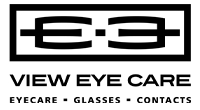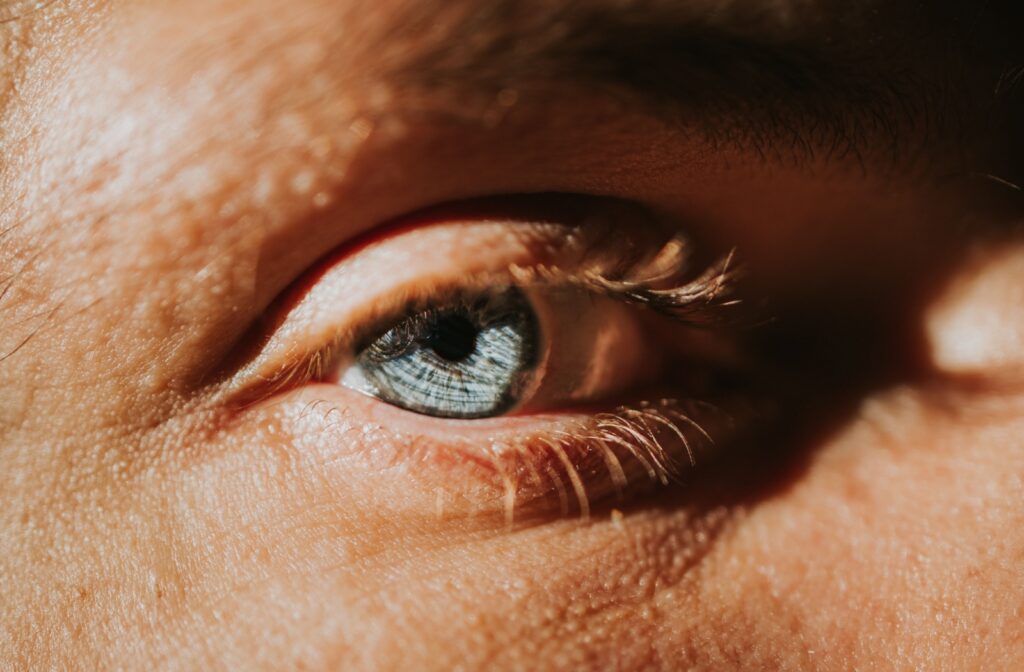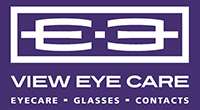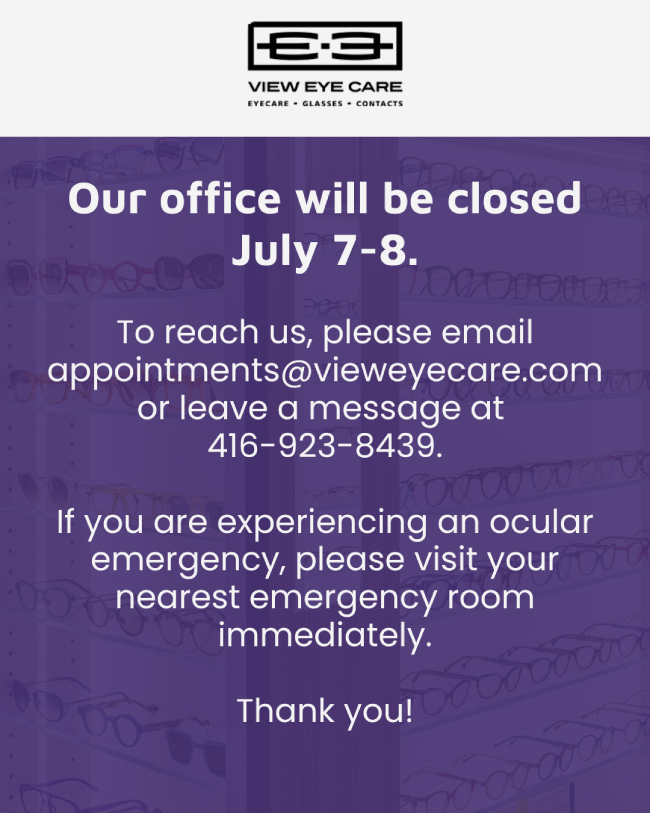When you think of a sunburn, you probably picture red, painful skin after a day in the sun—but did you know you can sunburn your eyes, too?
This condition is called photokeratitis or solar keratitis, and while the symptoms are usually temporary, it’s a sign that your eyes have been exposed to harmful UV rays that can cause lasting damage over time.
Thankfully, you can take steps to prevent it, such as wearing certified UV-blocking sunglasses. If you do experience photokeratitis, visit an eye doctor for more support.
What Is Photokeratitis?
Photokeratitis is a sunburn of the cornea, the clear outer layer of the eye. Just like your skin, your eyes can become damaged when exposed to ultraviolet (UV) rays without proper protection.
This can happen after spending time outside without sunglasses or protective eyewear, especially in highly reflective environments like:
- Beaches or open water
- Snow-covered areas
- High altitudes where UV exposure is stronger
- Tanning beds or welding equipment
Unlike skin sunburn, you might not feel the effects of photokeratitis right away. Symptoms often appear several hours after UV exposure.
Symptoms of Eye Sunburn
Photokeratitis symptoms can range from mildly uncomfortable to very painful, and they often affect both eyes. Watch for:
- Gritty or sandy feeling in the eyes
- Redness and irritation
- Tearing or watery eyes
- Swollen eyelids
- Sensitivity to light (photophobia)
- Blurred or hazy vision
- Eye pain or headache
- Seeing halos or glare
In more severe cases, vision may temporarily become distorted or cloudy. You might find it difficult to keep your eyes open, especially in bright light.
Long-Term Risks of UV Exposure to the Eyes
A single case of photokeratitis usually heals within a day or two, but repeated UV damage over time can lead to more serious eye problems. These include:
- Cataracts: Clouding of the eye’s natural lens.
- Macular degeneration: Damage to the retina that affects central vision.
- Pterygium: A growth on the white of the eye that can extend onto the cornea.
- Eyelid cancers: The thin skin around the eyes is particularly vulnerable to sun damage, increasing the risk of basal cell carcinoma, squamous cell carcinoma, or melanoma. Basal cell carcinoma can even spread to the eye itself.
This is why protecting your eyes from UV rays isn’t just about comfort—it’s essential to maintaining long-term vision health.
How to Treat Sunburned Eyes
If you suspect you have photokeratitis, here are some ways to soothe your symptoms:
- Get out of the sun immediately and rest your eyes in a dark, cool environment.
- Remove contact lenses if you’re wearing them.
- Use artificial tears or lubricating eye drops to relieve dryness and irritation.
- Apply a cool, damp cloth over your closed eyes for comfort.
- Avoid rubbing your eyes, which can make irritation worse.
Symptoms usually improve within 24 to 48 hours. If they persist or worsen, it’s time to see an eye doctor.
Can Kids Get Eye Sunburns Too?
Absolutely. Children’s eyes are even more sensitive to UV rays than adults’, making it critical to protect them with proper eyewear and hats. Getting them into the habit early helps safeguard their vision for years to come.
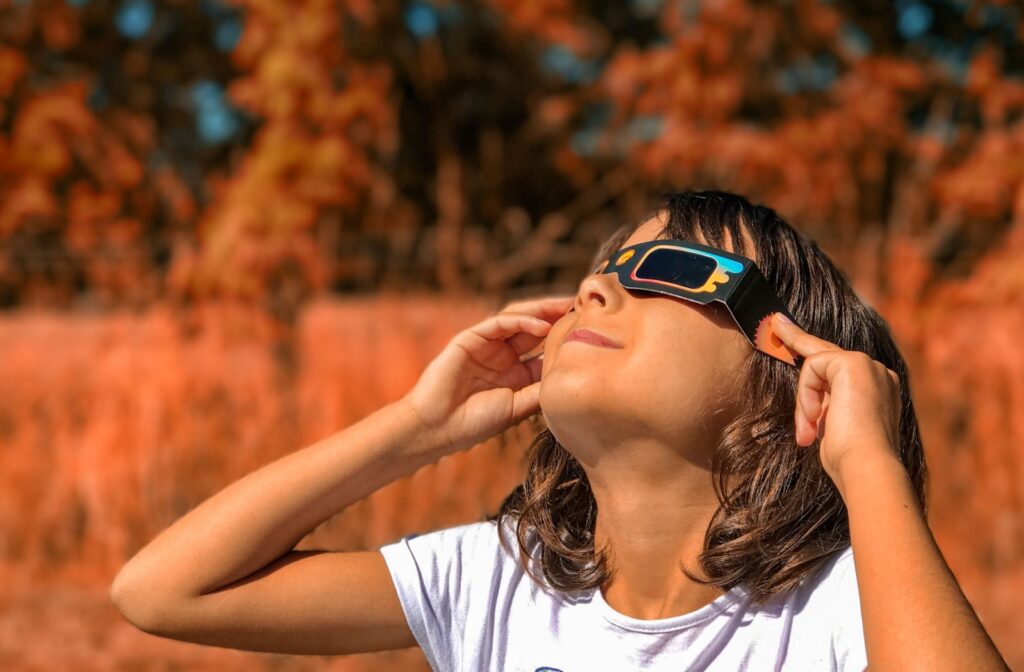
When to See a Doctor
While most cases of eye sunburn are temporary, it’s important to seek professional care if:
- Your symptoms last longer than two days
- You experience intense pain or vision changes
- You see halos, have blurry or distorted vision, or sensitivity to glare
- There are shadowy spots in your central vision, or you have trouble seeing at night
These may be signs of more serious damage that requires prompt treatment.
How to Protect Your Eyes from UV Damage
Prevention is key. Here are a few simple ways to keep your eyes safe in the sun:
- Wear sunglasses with 100% UV or UV400 protection. Look for labels that guarantee this level of defence and have your sunglasses checked for UV by your optometrist or optician using a UV meter.
- Choose wrap-around sunglasses that block UV rays from all angles. They also help protect your eyes from wind and dust, which can worsen dry eyes.
- Wear a wide-brimmed hat in addition to sunglasses to further shade your face and eyes.
- Avoid sun exposure during peak hours, typically from 10 a.m. to 3 p.m., especially at higher elevations, locations closer to the equator , or around reflective surfaces like water, ice, or snow.
- Don’t be fooled by cloudy days—UV rays can still penetrate through haze and overcast skies.
- Apply SPF to your face, including the area around your eyelids. This delicate skin is particularly prone to sun damage and skin cancer. Try not to get too close to the lash-line as sunscreens can drip into the eye with sweat and some of the chemicals can be harmful to the ocular surface
- Never look directly at the sun, even during solar eclipses. It can cause permanent damage to your retinas.
Protecting Your Eyes from the Sun
Yes, you can sunburn your eyes—and while it’s usually temporary, repeated UV exposure can lead to serious long-term consequences. Protecting your eyes with sunglasses, hats, and sun smarts is one of the easiest ways to take care of your vision every day.
If you’ve experienced symptoms of eye sunburn or have concerns about your UV exposure, we’re here to help.
View Eye Care offers comprehensive eye exams and expert advice on UV protection, verification of UV blocking of sunglasses and the promotion of long-term eye health. Book your appointment today and keep your vision safe.
